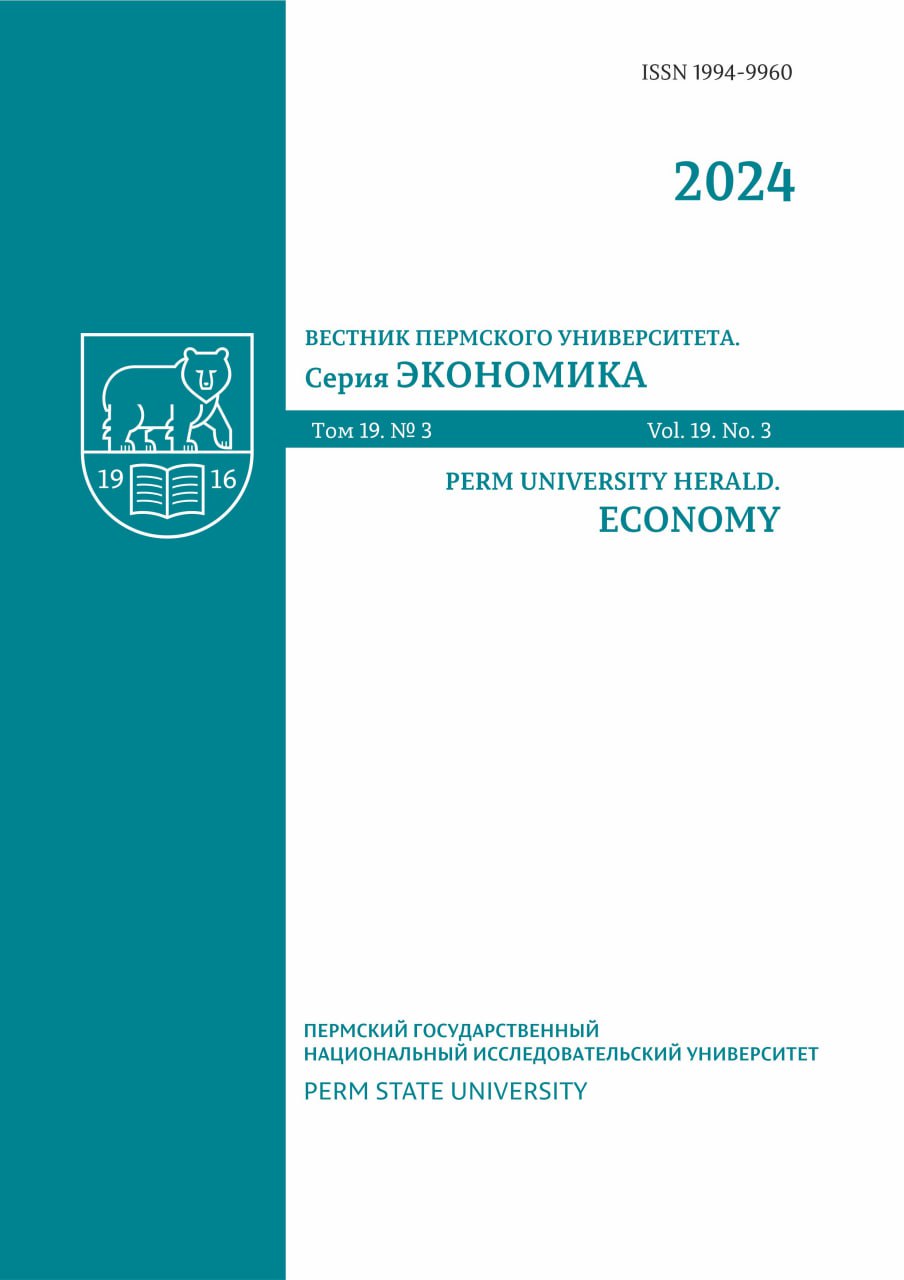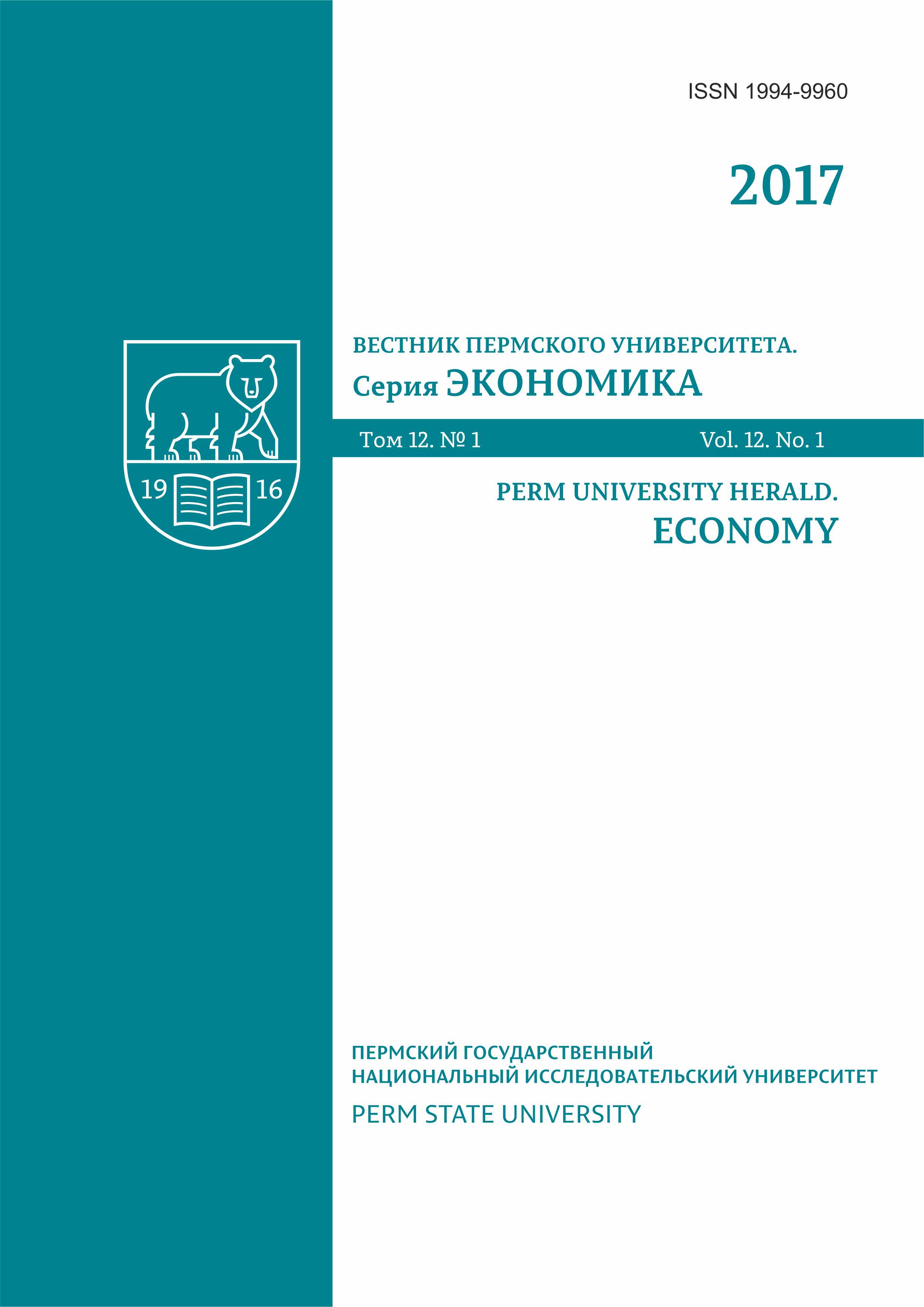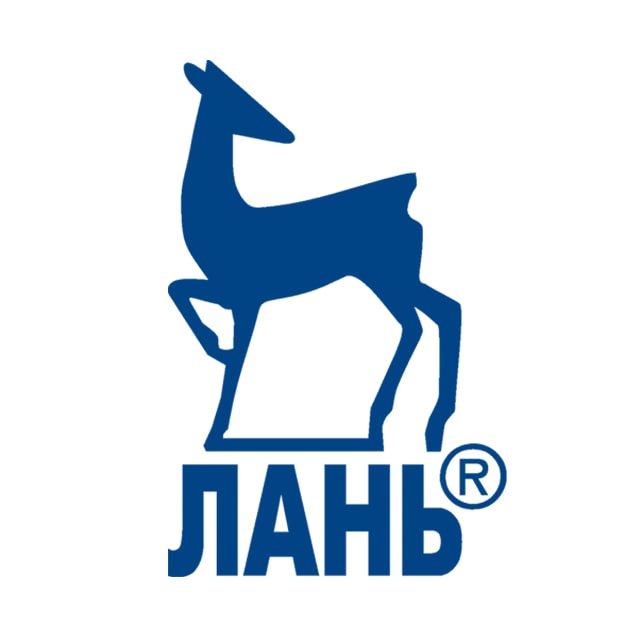The dynamic symmetry of economic system as the optimality criterion for a public business cycle policy
DOI:
https://doi.org/10.17072/1994-9960-2017-1-38-48Abstract
To determine the optimality criterion for a business cycle policy is important today because of the inefficiency of the public business cycle regulation in the period of the world financial crisis of 2008-2010. The transition to the non-traditional monetary and fiscal policy forms implemented in developed economies reveals the perfection of business cycle policy tools but it doesn’t solve the problem of optimality criterion definition. The maximization of the function value, that linearly describes macro economy, cannot serve as an optimality criterion for the business cycle policy regulation because of the nonlinear nature of the economic system. The recovery of a disturbed balance at a macro level in different cyclical phases cannot be considered as an optimality criterion either, because the economic system is off-balance; its non-equilibrium state is the source of development. In this connection the dynamic symmetry attainment of an economic system can be considered to be an optimality criterion. The dynamic symmetry, unlike the static one, is the ability of the system elements to adapt in the conditions of mutual developments as the result of both internal and external shocks, which influence the system as a whole. At that, the system becomes more sustainable. The dynamic symmetry does not revolve into the consistency of balance conditions, i.e. it is not a mechanical transition from one static symmetry to another, but it means the system transition to a new quality level. The dynamic symmetry being the optimality criterion of the business cycle policy corresponds to the system approach to the analysis of economic phenomena. The business cycle policy has been proved to be specifically aimed to form the conditions for the dynamic symmetry achievement, because the system imbalances are the reasons for the cyclical fluctuations. The algorithm for the formation of an optimal business cycle policy has been summarized for the national economic system.
Keywordsbusiness cycle policy, optimality criterion, macroeconomic balance, socio-economic system, concept of symmetry, static symmetry, dynamic symmetry, cyclic dynamic, “crisis cycle trap”
For citationLeliuk I.N. The dynamic symmetry of economic system as the optimality criterion for a public business cycle policy. Perm University Herald. Economy, 2017, vol. 12, no. 1, pp. 38–48. DOI 10.17072/1994-9960-2017-1-38-48
References1. Kuiggin Dzh. Zombi-ekonomika. Kak mertvye idei prodolzhaiut bluzhdat sredi nas [Zombie economics: how dead ideas still walk among us]. Moscow, Izdatelskii DomVysshei Shkoly Ekonomiki Publ., 2016. 272 p. (In Russian).
2. Blanchard O. Where Danger Lurks. Finance & Development. A quarterly Publication of the In-ternational Monetary Fund Publ. 2014, vol. 51, no. 3, pp. 28–31.
3. Mel’nik M.S. Polisistemnaia paradigma v dinamike ekonomicheskikh tsiklov [Polysystemic par-adigm in the dynamics of economic cycles]. Moscow–Berlin, Direkt-Меdia Publ., 2015. 404 p. (In Russian).
4. Zoidov K.Kh., Zoidov Z.K. Retrospektivnyi analiz i prognozirovanie tsiklicheskikh kolebanii makroekonomicheskoi dinamiki respubliki Tadzhikistan na osnove ekonometricheskikh metodov [Retrospec-tive analysis and prediction of cyclical fluctuations of macroeconomic dynamics of the Republic of Tajikistan on the basis of econometric methods]. Moscow, TSEMI RAN Publ., 2012. 341 p. (In Russian).
5. Miasnikov A.A. Sinergeticheskie effekty v sovremenoi ekonomike: Vvedenie v problematiku [Synergetic effects in the modern economy: an introduction to the issues]. Moscow, URSS Publ., 2011. 160 p. (In Russian).
6. Astrakhantseva I.A. Metodologiia nelineinogo dinamicheskogo upravleniia stoimost’iu kompanii [The methodology of nonlinear dynamic value management]. Ivanovo, Ivanovskii Gosudarstvennyi Energeticheskii Universitet im. V.I. Lenina Publ., 2011. 172 p. (In Russian).
7. Iatskevich V.V. Dialektika optimalnogo vybora [The dialectics of optimal choice]. Kiev, Nau-kova Dumka Publ., 1990. 96 p. (In Russian).
8. Kleiner G., Petrosian D., Bechenov A. Eshche raz o roli gosudarstva i gosudarstvennogo sektora v ekonomike [Again about the role of the state and the public sector in the economy]. Voprosy ekonomiki [Economics Issues], 2004, no. 4, pp. 25–41. (In Russian).
9. Arbachauskas V.O. Dinamicheskaia effektivnost’ i stsenarii razvitiia ekonomicheskikh system [Dynamic efficiency and scenarios of development of economic systems]. Vestnik Cheliabinskogo gosudar-stvennogo universiteta. Economica [Bulletin of Chelyabinsk State University. Economy], 2015, iss. 48, no. 8 (363), pp. 40–53. (In Russian).
10. Leiashvili P. Ekonomicheskaia deiatelnost’: teleologicheskii analiz [The economic activity: tel-eological analysis]. Tbilisi, «Siakhle» Publ., 2011. 194 p. (In Russian).
11. Gegel G. Entsiklopediia filosofskikh nauk v trekh tomakh. Tom 1 [The Encyclopedia of philo-sophical sciences in three volumes. Vol. 1]. Moscow, Mysl Publ., 1974. 452 p. (In Russian).
12. Spitsia N.V. Problemy metodologii doslidzhennia protsesiv samoorganizatsii suspilstva [The methodological problems of the society self-organization processes]. Gumanitarnyi visnyk Zaporizkoi derzhavnoi industrialnoi akademii [Zaporozhe State Industrial Academy Herald], 2010, no. 41, pp. 178–193. (In Ukrainian).
13. Ovchinnikov N.F. Printsipy sokhraneniia [The principles of conservation]. Moscow, Nauka Publ., 1966. 331 p. (In Russian).
14. Bogdanov A.A. Tektologiia. Vseobshchaia organizatsionnaia nauka. T. 1. [The Tectology. The universal organizational science. Vol. 1]. Moscow, Ekonomika Publ., 1989. 304 p. (In Russian).
15. Kasti D. Ekstremalnie sobytiia kak determinant shestoi kondrat’evskoi volny [The extreme events as determinants of the sixth Kondratieff wave]. Forsait [Foresight], 2013, vol. 7, no. 1, pp. 58–71. (In Russian).
16. Rumiantseva S.Iu. Vzaimosviaz’ ekonomicheskikh tsiklov i innovatsionnyi klimat [The rela-tionship of economic cycles and innovation climate]. Problemy sovremennoi ekonomiki [Problems of Modern Economics], 2014, no. 3 (51), pp. 41–45. (In Russian).
17. Grinin L.E., Korotaev A.V. Tsikly, krizisy, lovushki sovremennoi Mir-Sistemy. Issledovanie ko-drat’evskikh, zhugliarovskikh i vekovykh tsiklov, global’nykh krizisov, maltuzianskikh i postmaltuzianskikh lovushek [The Cycles and Crises. The investigation of the Kondratiev and secular cycles, global crises, Mal-thusian and post-Malthusian traps]. Moscow, LKI Publ., 2012. 480 p. (In Russian).
18. Leliuk I.N. Formirovanie zapasa ekologo-technologicheskoi ustoichivosti ekonomiki kak strate-gicheskaia tsel’ antitsiklicheskogo regulirovaniia [The formation of a stock eco-technological stability of the economy as a strategic goal for countercyclical policies]. Novaia Ekonomika [New Economics], 2013, no. 2 (62), pp. 211–216. (In Russian).
19. Vdovichenko А.М. Tsiklichnist’ fiskalnoi ta monetarnoi polityki v Ukraini [The cercularity of the Ukrainian fiscal and monetary policy] Ekonomika i prognozuvannia [Economy and Forecasting], 2013, no. 2, pp. 55–67. (In Ukrainian).
20. Zoidov K.Kh., Il’in M.V. Analiz i regulirovanie tsiklicheskogo kharaktera razvitiia mak-roekonomicheskoi dinamiki stran postsovetskogo prostranstva [The analysis and regulation of cyclical nature of the development of macroeconomic dynamics of the post-Soviet countries]. Ekonomika i matematicheskie metody [Economics and Mathematical Methods], 2011, vol. 47, no. 2, pp. 59–72. (In Russian).
21. Stiglits Dzh.Iu. Doklad Stiglitsa. O reforme mezhdunarodnoi valiutno-finansovoi sistemy: uroki glibal’nogo krizisa. [The Stiglitz Report. On the reform of the international monetary and financial system: lessons from the global crisis]. Moscow, Mezhdunarodnye Otnosheniia Publ., 2010. 328 p. (In Russian).











